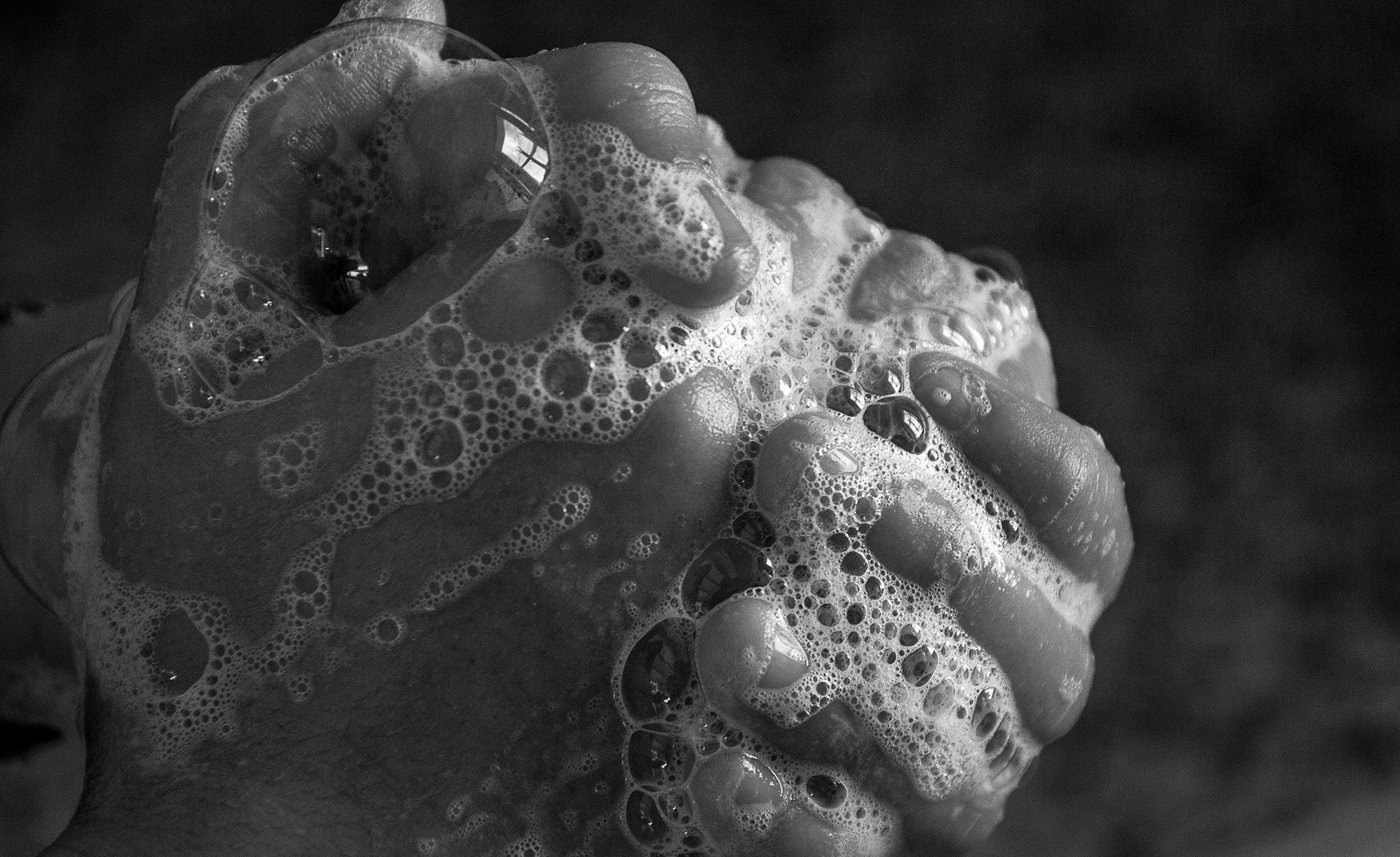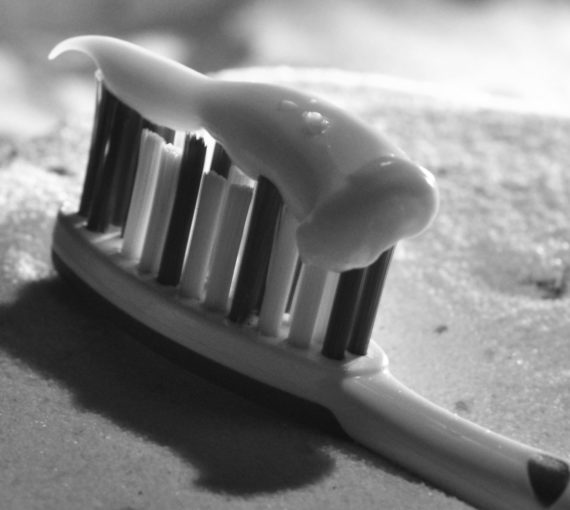Use in Cosmetics
DEA (diethanolamine) and DEA compounds are used to make cosmetics creamy or sudsy. DEA also acts as a pH adjuster, counteracting the acidity of other ingredients. DEA is mainly found in moisturizers and sunscreens, while cocamide and lauramide DEA are found in soaps, cleansers, and shampoos. Industrial applications of DEA include its use in oil refineries to “scrub” hydrogen sulphide from process gas emissions.
Health and Environmental Hazards
DEA and its compounds cause mild to moderate skin and eye irritation i . In laboratory experiments, exposure to high doses of these chemicals has been shown to cause liver cancers and precancerous changes in skin and thyroid. [ii,iii] The European Union classifies DEA as harmful on the basis of danger of serious damage to health from prolonged exposure. [iv] DEA compounds can also react with nitrites in cosmetics to form nitrosamines, which the International Agency for Research on Cancer classifies as a possible human carcinogen. Nitrites are sometimes added to products as anti-corrosive agents or can be present as contaminants. The degradation of some chemicals used as preservatives in cosmetics can release nitrites when the product is exposed to air. [v] The Danish Environmental Protection Agency classifies cocamide DEA as hazardous to the environment because of its acute toxicity to aquatic organisms and potential for bioaccumulation. [vi]
Regulatory Status
The use of DEA compounds in cosmetics is unrestricted in Canada, although Health Canada has categorized them as “moderate human health priorities.” They have been flagged for future assessment under the government’s Chemicals Management Plan. Nitrosamines are prohibited on Health Canada’s Cosmetic Ingredient Hotlist. However, when these chemicals are present in a product as contaminants (i.e., unintentional ingredients), the Hotlist restriction does not apply.
International regulations are stronger. The European Union Cosmetics Directive restricts the concentration and use of cocamide and lauramide DEA in cosmetics, and limits the maximum nitrosamine concentration in products containing these ingredients. [vii]
Related Ingredients
MEA (monoethanolamide) and TEA (triethanolamine) are related chemicals. Like DEA, they can react with other chemicals in cosmetics to form carcinogenic nitrosamines.
i Turkoglu M. and Sakr A. “Evaulation of irritation potential of surfactant mixtures.” Int J Cosmet Sci. 21, 6 (Dec 1999):371-82.
ii U.S. National Toxicological Program. “NTP Toxicology and Carcinogenesis Studies of Lauric Acid Diethanolamine Condensate (CAS NO. 120-40-1) in F344/N Rats and B6C3F1 Mice (Dermal Studies).” Natl Toxicol Program Tech Rep Ser. 480 (Jul 1999):1-200.
iii S. National Toxicological Program. “Toxicology and carcinogenesis studies of coconut oil acid diethanolamine condensate (CAS No. 68603-42-9) in F344/N rats and B6C3F1 mice (dermal studies).” Natl Toxicol Program Tech Rep Ser. 479 (Jan 2001):5-226.
iv European Commission. Regulation (EC) 1272/2008 , Annex VI, Table 3.2. Sep 2009. https://ecb.jrc.ec.europa.eu/classification-labelling/
v Epstein, S with Fitzgerald, R. Toxic Beauty. Dallas: BenBella Books, 2009: 30.
vi Danish EPA. “Survey of liquid hand soaps, including health and environmental assessments.” Survey of chemical substances in consumer products 69 (206). https://www2.mst.dk/common/Udgivramme/Frame.asp?https://www2.mst.dk/udgiv/publications/2006/87-7052-062-3/html/kap08_eng.htm#8.2.3
vii European Commission. Cosmetic Directive 2003/83/EC, Annex III, Part 1, Ref. 60.




